© XAVIER RIBAS - Publications
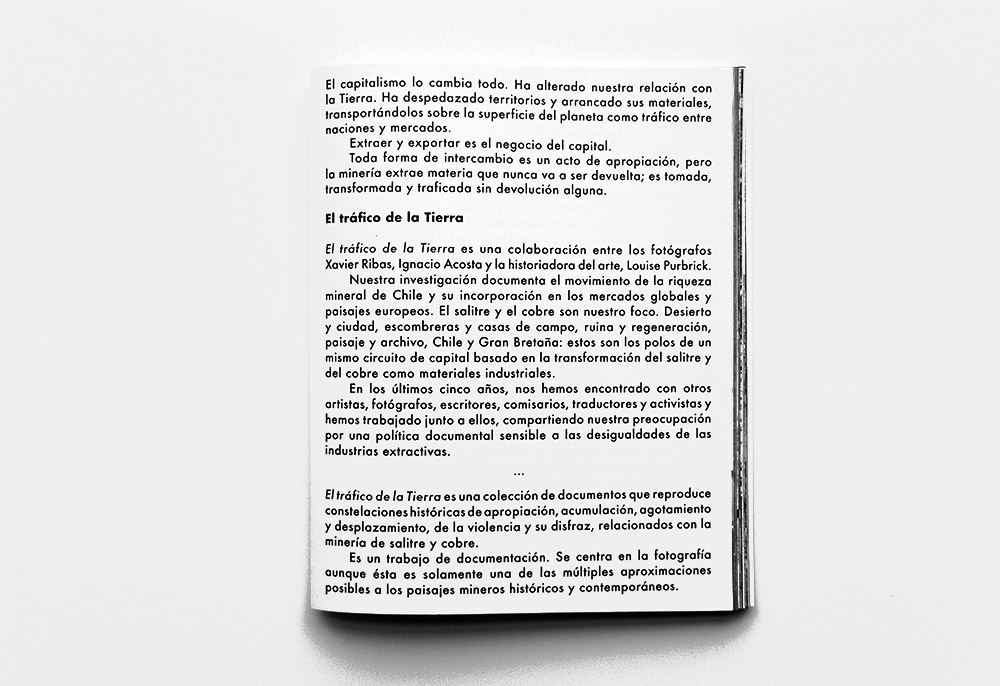
TRAFFICKING THE EARTH
Intuitive Editions, London – Editorial Gronefot, Santiago 2017
ISBN: 978-0-9932245-3-9
96 pages, 25.5 x 20.2 cm, unbound
Spanish and English
Published on the occasion of the exhibition Trafficking the Earth at the Museo de Arte Contemporáneo [MAC], Santiago, Chile, 08.09.2017 – 12.11.2017. This publication is a 'folded exhibition' produced specially to distribute free among Chilean environmental activists, pressure groups, lawyers and school teachers in mining communities.
Trafficking the Earth is a collaboration between photographers Xavier Ribas, Ignacio Acosta and an art historian, Louise Purbrick. Their collective research has documented the movement of mineral wealth of Chile into global markets and European landscapes. Nitrate and copper is their focus. The transformation of these natural resources into industrial materials draw desert and city, slag heap and country house, ruin and regeneration, landscape and archive, Chile and Britain, into the same circuit of capital.
To see the inside the book and download the PDF go to the Traces of Nitrate project website.
---
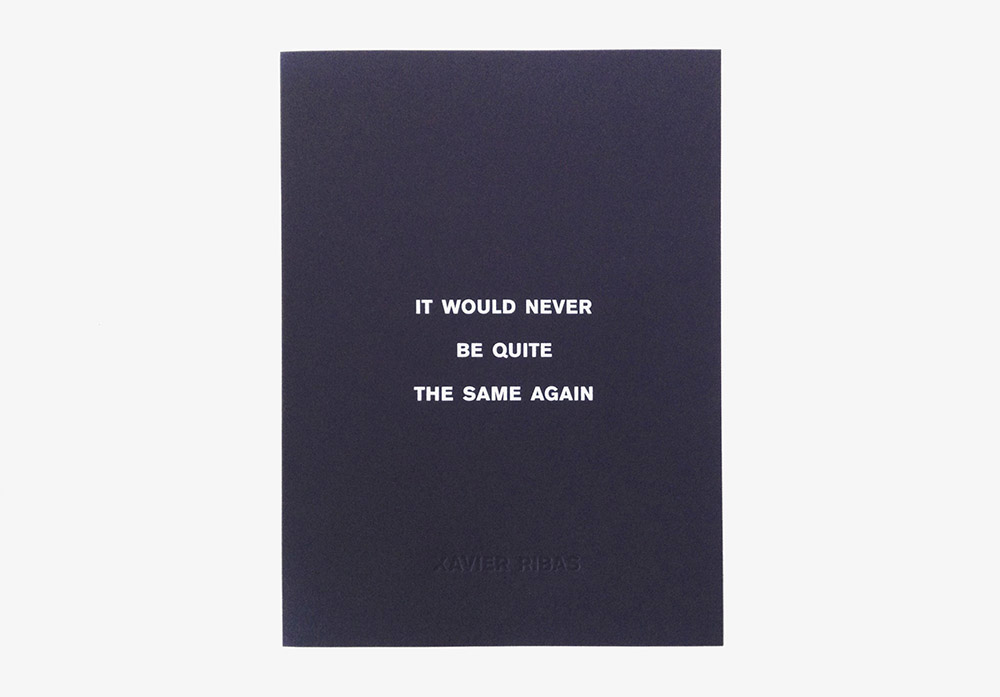
IT WOULD NEVER BE QUITE THE SAME AGAIN
Fundació Antoni Tàpies, Barcelona 2017
ISBN: 978-84-945596-4-8
12 pages, 29 x 39.5 cm, softbound
Three editions of 100 copies [English, Spanish and Catalan], signed and numbered.
Artist book published on the occasion of the exhibition 1989. After the Conversations of Algiers. Delirium and Truce, curated by Carles Guerra, that took place at Artium, Vitoria-Gasteiz, from the 11th of August to the 16th of October 2016, and at the Fundació Antoni Tàpies, Barcelona, from the 11th of November 2016 to the 15th of January 2017.
Developed as three large, detailed photographs and two found images, alongside artist’s texts and copies of original documentation, It Would Never Be Quite The Same Again weaves together a series of contested sites and acts of dissent. The works interrogate a number of events and documents construed as distant echoes in the recent history of Chile, Great Britain and Spain of the detonations in the late 19th and early 20th century nitrate fields of the Atacama Desert. The series is an appendix to my long term project Nitrate, presented in 2014 at the Museu d'Art Contemporani de Barcelona [MACBA], and conjures up a wide network of interconnected geographies and histories, of personal and collective memories on the distinctive political contexts of Spain and Chile around 1973, and on historical relationships between Chile and Great Britain – my country of residence since 2000 – which are at the heart of the Nitrate project. For both bodies of work, the Atacama Desert operates as a vanishing point.
To see inside the book go to the Traces of Nitrate project website.
---
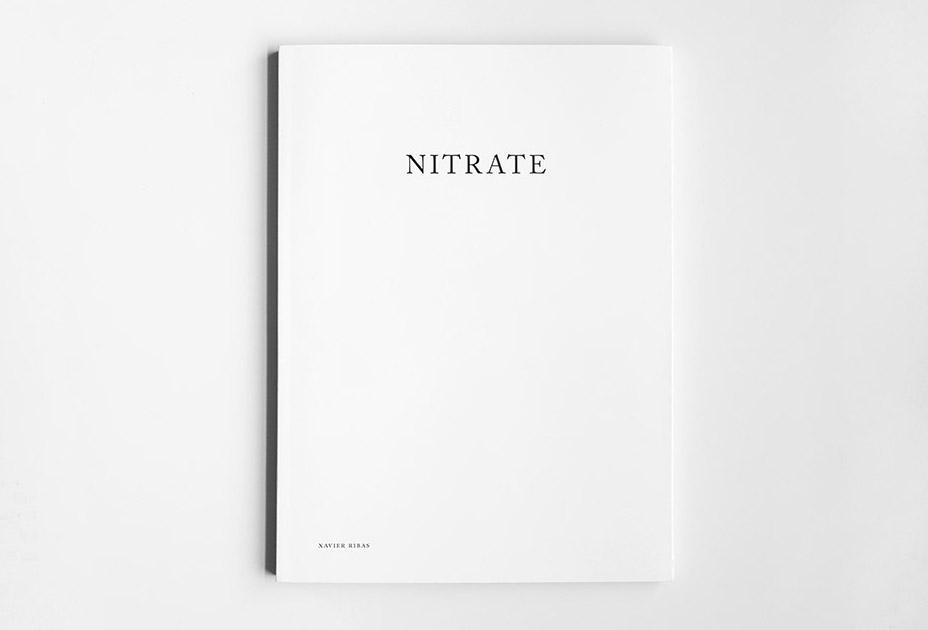
NITRATE
Museu d'Art Contemporani de Barcelona [MACBA], Barcelona 2014
ISBN: 978-84-92505-66-1 (ENGLISH EDITION)
ISBN: 978-84-92505-53-1 (SPANISH EDITION) – SOLD OUT
176 pages, 23 x 31.5 cm. Softbound, jacket
Texts by: Carles Guerra, Louise Purbrick, Andrea Jösch, Max Jorge Hinderer,
Pablo Artaza, mabel Loomis Todd, and Alberto Martín.
Like the dancing wooden table imagined by Karl Marx in Capital, all commodities are shape shifters. They appear to metamorphose. But nitrate materially changes. Its power as a substance and value as commodity lie in its capacity to change from material to immaterial state, to transform and to be transformative. Chilean nitrate is a sodium nitrate that, once processed, can be used as a fertiliser and to make explosives. It is the element nitrogen, which comprises eighty per cent of the earth’s atmosphere, in this compound form that can speed or shatter life. [Extract from Louise Purbrick's text in the exhibition catalogue]
+
Extract of pages 1 to 61 [Eng] [Cas] - For best viewing download the file and display double page
NITRATE book awarded the Bronze Laus Prize 2015
---

CONCRETE GEOGRAPHIES [NOMADS]
Bside Books, Barcelona 2012
ISBN_ 978-84-615-7229-8
Spanish and English, 84 pages, 24 x 30 cm / 9,5 x 11,7 in, hardbound, cloth
Edition of 687, signed and numbered
Buy book here
Published with the support of the University of Brighton
On the 24th of February 2004 corporate developers Necso-Acciona sent heavy machinery to an industrial plot that they owned in the city of Barcelona, which was being occupied by some sixty Gypsy families. Over a few days two diggers drilled and lifted up the concrete floor of the site intimidating the Gypsies and finally pushing them out, leaving behind a contorted surface, like a horizontal wall, to protect the site and keep it empty. This method of dissuasion demonstrates the economic value of violence and destruction, even of one’s own property, in order to control space. The broken ground, the fissures and fragments of concrete slabs standing up like remnants of ancient Mayan stelae give testimony still today of this displacement.
+
Book review by Adam Bell, Photo-eye blog
Best Books 2012 by Aaron Schuman
PDF Matt Packer's text for CONCRETA 01 [En] [Cast]
Libros que son fotos, fotos que son libros, Museo Nacional Centro de Arte Reina Sofía, 2013
---
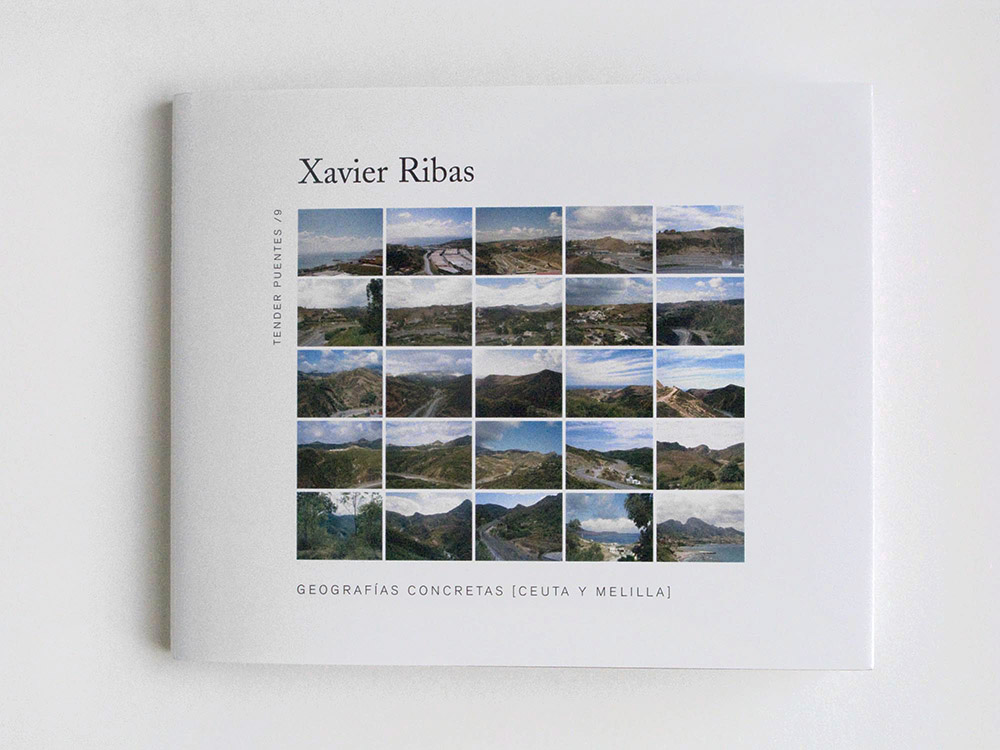
CONCRETE GEOGRAPHIES [CEUTA AND MELILLA BORDER FENCES]
Universidad de Navarra, Pamplona 2012
ISBN_978-84-8081-325-9
Spanish, 64 pages, 20 x 16,5 cm, softbound, dust jacket
Buy book here
As a response to their lack of visibility, these photographs intend to be statements towards a political cartography of the border fences of Ceuta and Melilla as the very edge of Europe. These two border fences are, perhaps, the contemporary public works that can best define, like monuments to inequality, the European landscape of the 21st century.
+
Xavier Ribas, The Border Fences of Ceuta and Melilla. A Landscape for the Future? [Eng] [Cast]
---
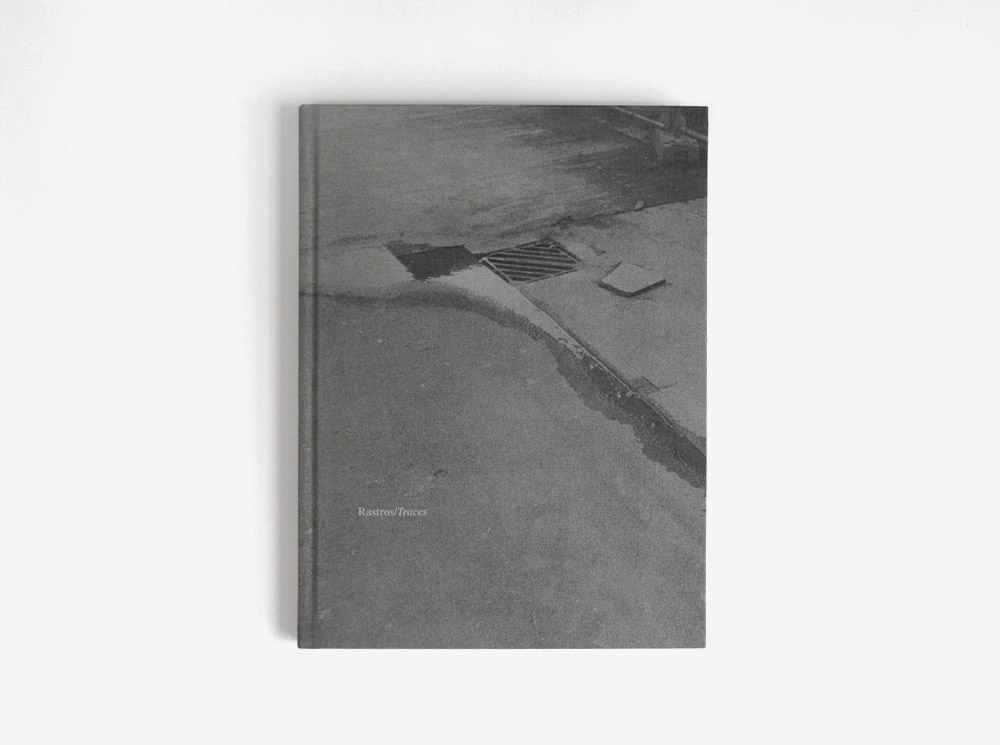
RASTROS / TRACES / RASTRES
An exhibition curated by Xavier Ribas
Ediciones de la Universidad de Salamanca / Fundació Fotocolectania, Salamanca / Barcelona, 2009
ISBN: 978-84-7800-266-5
Texts by Iain Sinclair and Xavier Ribas
English/Spanish/Catalan, 166 pages, hardbound
Works by Javier Ayarza, A. Ferrer, Gert Jan Kocken, Ulrich Gebert, Matt Packer, Sven Johne and Lewis Ronald
+
PDF Xavier Ribas, Traces [En]
PDF Xavier Ribas, Rastros [Cast]
PDF Xavier Ribas, Rastres [Cat]
Link to Iain Sinclair's text in London Review of Books [En]
PDF Iain Sinclair, Museos de Melancolía [Cast]
PDF Iain Sinclair, Museus de la Malenconia [Cat]
---
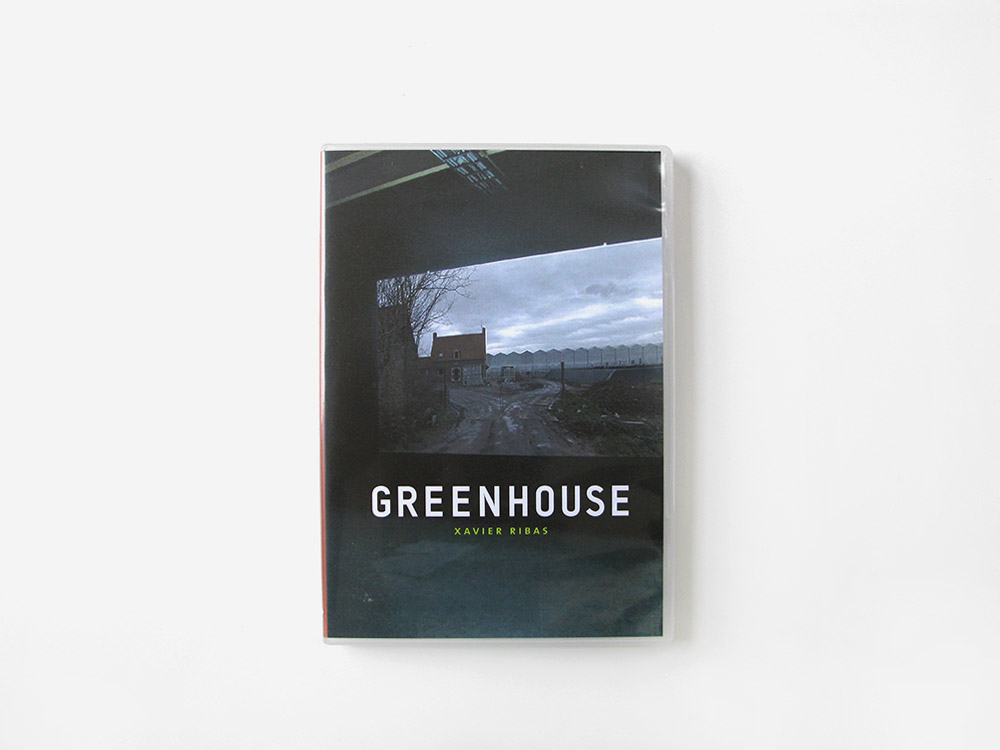
GREENHOUSE
DVD published by Paradox (2007)
View videos online in the PARADOX website
"Past and future compress the present into a very thin layer in the landscape, barely visible. Greenhouse focuses on this landscape in transition; it is a journey along the gap between two times".
----
"Spanish artist Xavier Ribas's dual-channel video further explores how much the lens-based arts have changed since "New Topographics." Half of "Greenhouse" is a 20-minute video of a slow, rolling journey between two ends of a massive greenhouse construction site north of Amsterdam. The footage is as aloof as a video camera can be: unedited, and offering nary a pan, tilt, or zoom. The other half of "Greenhouse" is an interview with two landowners who sold their property to the developers. They recall all manner of context and history, recounting the reclamation of the land from the water and the Nazi invasion during World War II. While the artists of "New Topograhics" relied almost solely on the poetic mystery of images to make their statements, Ribas offers both a poem and a reason for why it was made." [Luke Strosnider / Rochester City Newspaper]
---
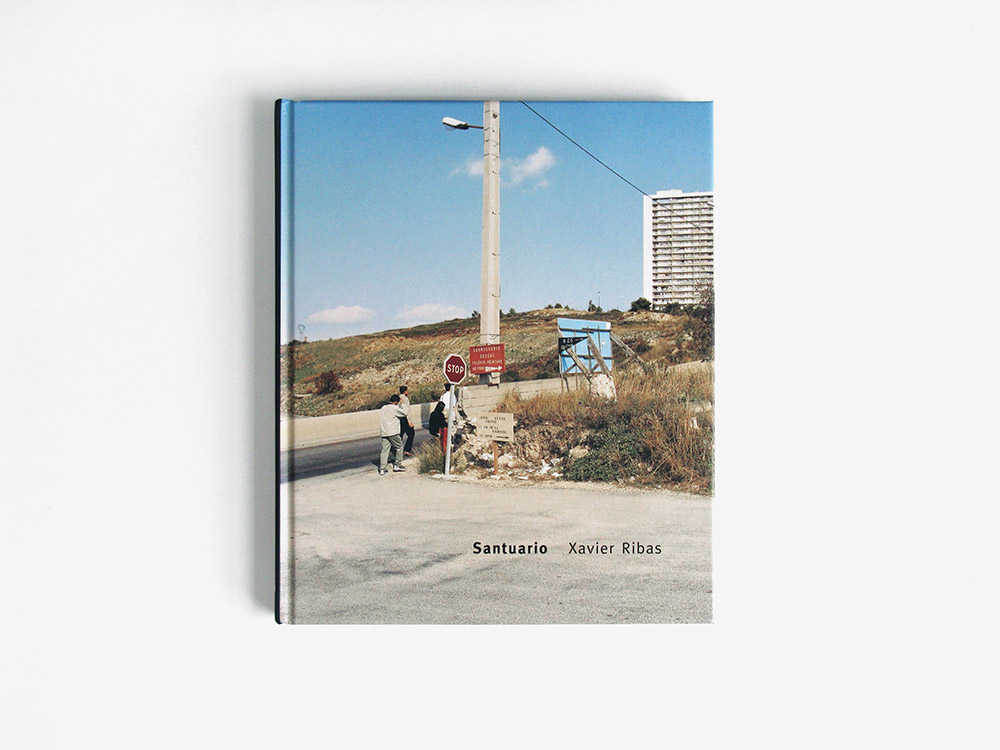
SANTUARIO / SANCTUARY
Editorial Gustavo Gili, Barcelona, 2005
ISBN 84-252-2040-8
Text by Stephen Barber
English/Spanish. 136 pages, hardbound
Edition of 1500
Buy book here
Special Mention Photo España 2006 Book Prize
At the periphery, the city illuminates itself, negatively. Every image seized there, at the precipice where the urban compulsively extinguishes itself, is a story so concertinaed by sensation or absence that it fixes the eye profoundly into that image. Human life has been swept away, with magisterial cruelty or nonchalance, but the emanation projected by the empty zones of streets, highways, buildings, pivots on a kind of neural inkling within the membranes of the eye, an intimation of vision, that something may be resuscitated or restituted from the detritus that forms that void. In Europe, from Marseilles, to Berlin, to Rome, to London, the cities are engulfed: rendered into negligible corporate outposts, all images relentlessly pitted-out - except on their resistant peripheries. Europe survives as a caustic residue on those peripheries. [Extract from the accompanying text by Stephen Barber].
The book contains the following series: Flowers (1998-2000), Rooms (1997-2000), Sanctuary (2002), Thresholds (2001-2002), Stones (2000), Fires (2002), and a number of pictures from London, Marseille, Berlin and Rome.
+
PDF Stephen Barber; Peripheral Zones
PDF Stephen Barber; Zonas Perféricas
PDF Review by Alberto Martín, Camera Austria International [Cas]
---
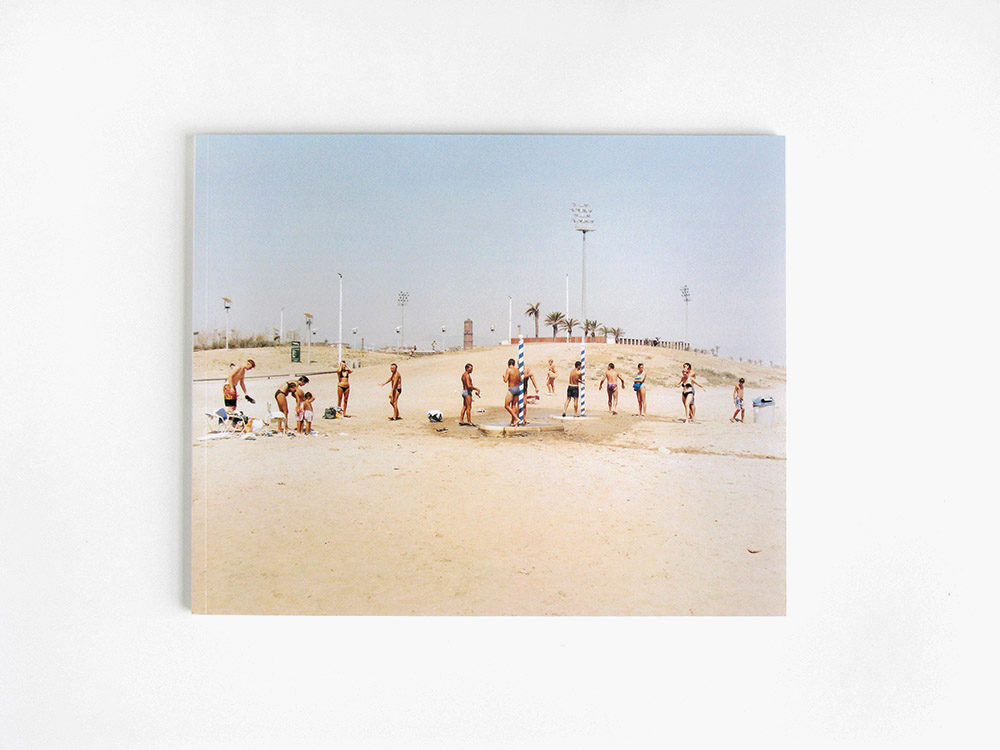
XAVIER RIBAS [SUNDAYS]
Universidad de Salamanca, Salamanca 1998
ISBN 84-7481-988-1
Texts by Xavier Ribas and Ramón Esparza
Spanish and English. 65 pages, 23,5 x 29 cm, softbound
Edition of 3000 – SOLD OUT
Best catalogue, Primavera Fotogràfica 2000
If you take a stroll one sunny Sunday morning through the peripheries of Barcelona you’ll come across a strange landscape. Between the motorways and housing blocks, the industrial states, the commercial centres and sports complexes; between the nature parks and the theme parks, at the edge of all this contemporary urbanization, you will find the marginal areas where folk flock together every weekend to spend their free time. The question is: Why do people turn these residual spaces into the centre of their leisure activity?
+
PDF Xavier Ribas; Perfect Distraction
PDF Xavier Ribas; Perfecta Distracción
PDF Ramón Esparza; Locus Amoenus [Cast]
---
SELECTED PUBLICATIONS
Horizon and Limit. Fundació La Caixa, Barcelona, 2023. ISBN: 9788499003207
Reassemblage. Edited by Teresa Azorena. Tenerife Espacio dse las Artes, 2023. ISBN: 978-84-124928-4-2
Image Ecology. C/o Berlin and Spector Books, Berlin and Leipzig, 2023. ISBN: 978-3-95905-766-0
Restituciones. La Fotografía en Deuda con su Pasado. Fundación MAPFRE, Barcelona, 2023. ISBN: 978-8498448368
Dialecto Museo CA2M, Centro de Arte 2 de Mayo, Móstoles 2022. ISBN: 978-84-451-3990-5
Setze Baris, Mil Ciutats. Ajuntament de Barcelona/Virreina Centre de la Imatge, Barcelona 2022. ISBN: 978-84-9156-344-0
In Spain: Photography, Surveys, Terrtories, 1982-2009. Fundación ICO, Madrid, 2021
Sculpting Reality. Bombas Gens, València, 2021
PARANGOLÉ, Issue nr 1: Motherland, January 2021
Soooooo Lazy. In Praise of Squandering. Edited by Beatriz Escudero and Francesco Giavery. CaixaForum, Barcelona. ISBN: 978-84-9900-287-3 [En], ISBN: 978-84-9900-286-6 [Cas]
Acosta, Purbrick, Ribas, "Trafficking the Earth: Documents on Nitrate, Copper and Capitalism". In Transformations Journal, Issue 33: Mineral Transformation and Resource Extraction: Pasts Presents Futures. Southern Cross University, Lismore 2019. ISSN 1444-3775 [PDF]
Lutsky K, Salooje O, Scott EE, Viscosity—Mobilizing Materialities. University of Minnesota, 2019
Càmera i Ciutat. La Vida Urbana en la Fotografia i el Cinema. Fundació La Caixa/RM Editorial, Barcelona 2019. ISBN: 978-84-9900-251-4 [Cat] / 978-84-17975-05-0 [Cast]
Fergus Heron (2018), "Photography and Landscape",Viewpoint # 6, The Photographer's Gallery, London
La paz aplazada. Documentos y ensayos en tormo a una exposición. Artium/Fundació Antoni Tàpies, Vitoria Gastéiz/Barcelona 2018. ISBN: 978-84-945596-9-3
The Pulse of the Body: Uses and Representations of Space. Bombas Gens, València 2018. ISBN: 978-84-697-9536-1
Barcelona. La Metróppoli en l'era de la fotografia, 1860-2004. La Virreina Centre de la Imatge, Barcelona 2016. ISBN: 978-84-9850-852-9
Cahiers d'Enquêtes Politiques. Vivre, Expérimenter, Raconter. Les Éditions Des Mondes À Faire, Paris 2016. ISBN: 978-2-9555738-0-8
Co-Curate Magazine 01, February 2016
Topografías Invisibles. Estrategias críticas entre arte y geografía. Teresa Blanch (ed). Universitat de Barcelona, 2015. ISBN: 978-84-475-3953-6
A Handful of Dust. David Campany. Le Bal/Mack 2015. ISBN: 9781910164389
Asuntos Domésticos. Diputación de Huesca, 2014. ISBN: 978-84-92749-42-3
Geografías Concretas [Nómadas]. CONCRETA 01, Abril 2013 [DESPLAZAMIENTOS Y DESALOJOS]. Text by Matt Packer
Lugares en Pérdida. Teresa Blanch (Ed). Centro de Arte Contemporáneo de Huarte, 2012. ISBN: 978-84-615-9387-3
La Relève / Cambio de Turno. Papel Alpha, núm 8 (2010), p 111-127. Ediciones Universidad de Salamanca
Antes que Todo / Before Everything. CA2M Centro de Arte Dos de Mayo. Alcobendas, 2010. ISBN: 978-84-451-3323-1
Profecías, Ediciones Universidad de Salamanca, Salamanca 2009. ISBN: 978-84-7800-225-2
Strange Places. Urban Landscape Photography. Kingston University, London 2009
PhotoArt. Photography in the 21st Century. Aperture, 2008. ISBN: 978-1-59711-062-4
Miradas Críticas en torno a la Colección del MUSAC. MUSAC, 2008. ISBN: 978-84-92572-04-5. PDF Texto Alberto Martín
Imatges Metropolitanes de la Nova Barcelona. Museu d'Art Contemporani de Barcelona. MACBA, 2008
Nature and Artifice. New Dutch Landscape in Photography and Video Art. Nai Publishers, Amsterdam 2008. ISBN 978-90-5662-028-8
Tàrraco. Mirada Actual. Fundació Caixa Tarragona, Tarragona 2008
10 Potographers, Canton Biennale; May 2007
Ocho Visiones. Distrito C. Fundación Telefónica, Madrid, 2007. ISBN 978-84-89884-74-8
Local. The End of Globalisation. Photo España/Comunidad de Madrid, Madrid, 2007. ISBN 978-84-451-3000-1
Non Tutte le Strade Portano a Roma, Zoneattive Edizioni, Roma 2007 ISBN 88-89303-02-6
Work (Changing Faces), Veenman Publishers, Rotterdam 2007 ISBN 978-90-86900-65-7
Cazadores de Sombras. Seacex, Madrid 2007. ISBN 978-84-95146-36-6
Itinerarios Afines. 10 Fotógrafos Españoles. Seacex / La Fábrica, Madrid 2007. ISBN 978-84-96008-72-4
‘Invisible Structures’, Source Photography Magazine, Belfast, Jan 2007
Naturalmente Artificial. El Arte Español y la Naturaleza (1968-2006). Museo de Arte Contemporáneo Esteban Vicente, Segovia, 2006. ISBN:84-933460-9-8
Filipiniana, Centro Cultural Conde Duque, Madrid (cat.), 2006. ISBN: 84-932950-2-7
Del Paisaje Reciente. Fundación ICO/Photo España , 2006, Madrid. ISBN 13:978-84-934684-2-2
En las Ciudades. Fotografía urbana en los fondos de la Fundación Foto Colectania. Madrid, 2005. ISBN 84-451-2747-0
Rosa Olivares, 100 Fotógrafos Españoles. Exit Book, Madrid 2005. ISBN 84-934639-1-4
Vidas Privadas. Fotografías de la Colección de Foto Colectania. Fundació Foto Colectania, Barcelona 2004
Des Espèces d'Espaces, VOX/Tinglado 2 Centre d'Art Contemporani, Tarragona, Spain. ISBN 2-9801608-9-X
Hyperurbano/Hyperurban. Quaderns d'Arquitectura I Urbanisme, July 2003. p. 8-37. Barcelona
Salamanca. Un Proyecto Fotográfico. Consorcio Salamanca 2002. ISBN: 84-95719-07-X
BLINK, Phaidon Press, London, 2002. ISBN: 0-7148-4199-4
Photoworks Magazine, Summer 2002, Brighton
IMAGO'01. Salamanca, Spain, ISBN 84-95719-00-2
Biennale d'Art Contemporain de Lyon, Biennale catalogue, Lyon, 2001. ISBN 2-7118-4259-2
Quaderns Tecla Sala 2000, Centre Cultural Tecla Sala, L'Hospitalet de Llobregat, Barcelona, 2000. ISBN 84-920102-8-2
Un divertissement idéal. CVphoto, nr. 51, pp.15-22, Montréal, 2000. ISSN: 0831-3091
IMAGO'98. Salamanca, Spain, 1998. ISBN: 84-7481-948-2
Transportable, Tinglado 2, Exhibition catalog. Tarragona, Spain, 1998
FotoPress '95. Fundació La Caixa, Barcelona, 1994